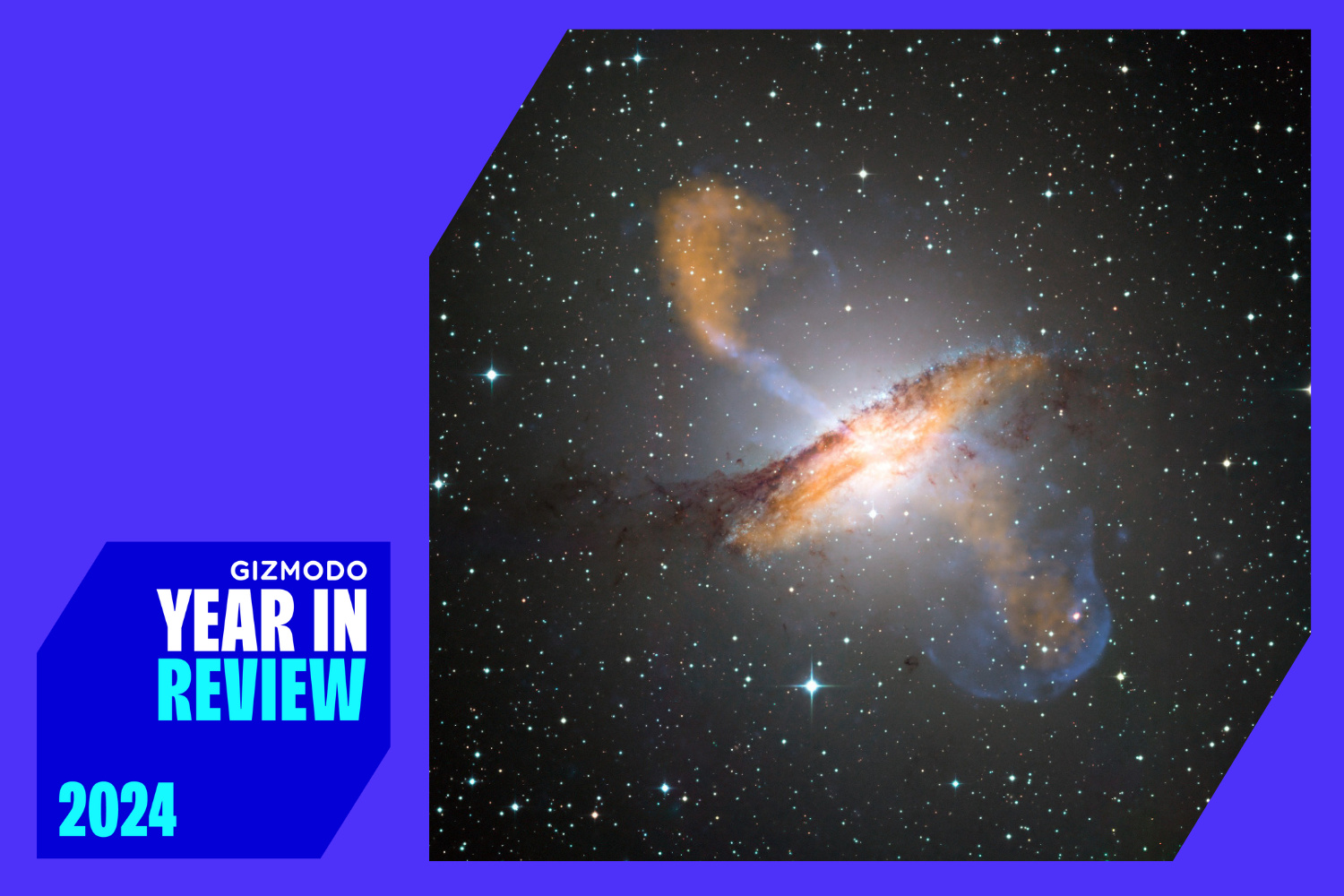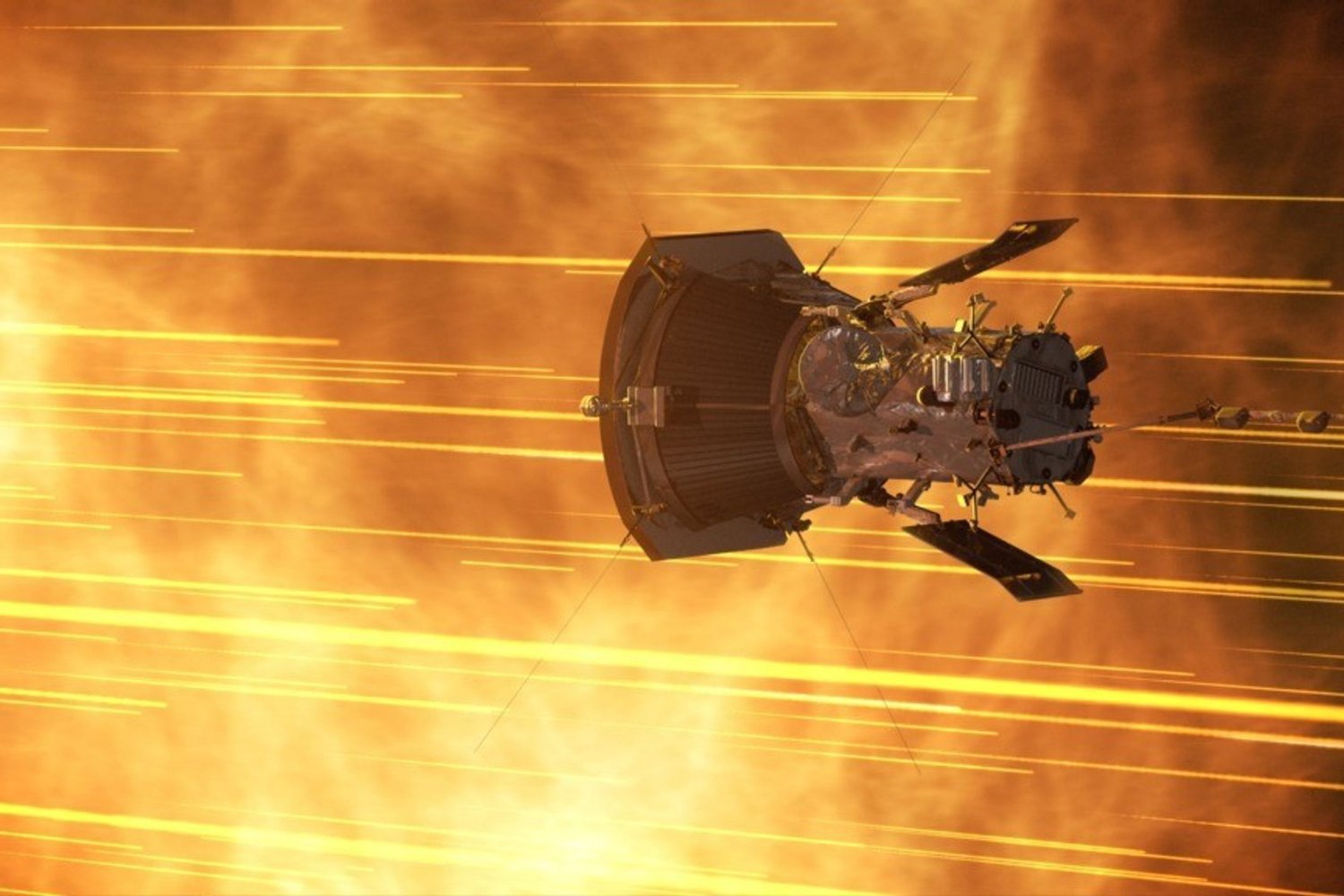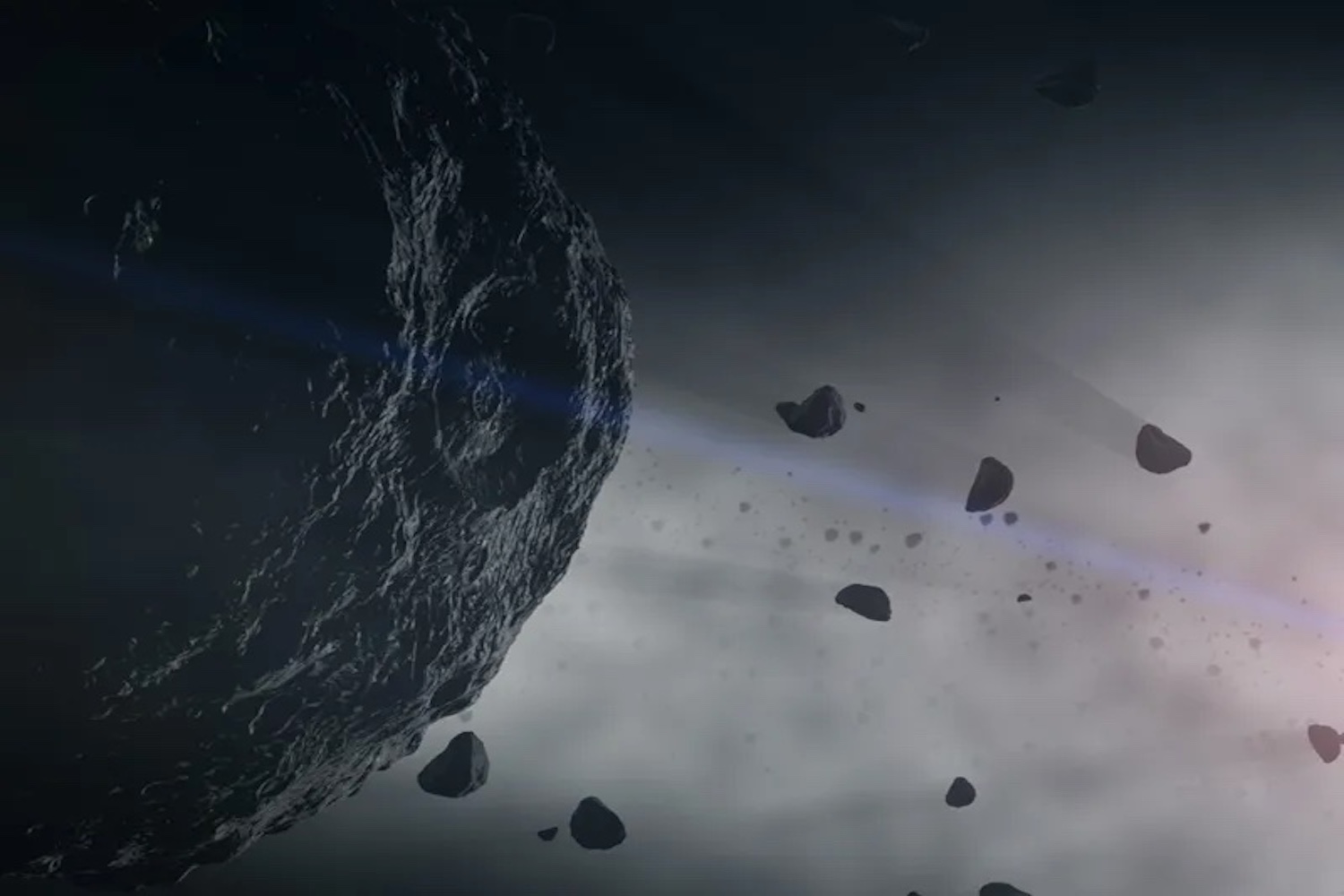We’ve launched probes all over the place. We’ve snapped and beamed back pictures of every spot in the solar system. Except Pluto. Call it a planet. Call it a dwarf planet. Either way, it’s the last unknown. Not for long.
New Horizons‘ January 2006 launch beat Pluto’s highly controversial downgrade later that year. But even if it hadn’t, the mission, despite sounding like a dating service, is of great importance to our understanding of our little corner of the galaxy. After escaping Earth’s atmosphere with a greater velocity than any other probe in history, New Horizons made its way straight for Pluto—and is halfway there now. Although the tiny frost ball is the name of the game, New Horizons has managed to snap some absolutely gorgeous planetary portraits along the way, picking up speed as it slingshots its way through their gravitational fields.
Even within its first year of hurtling away from the sun, New Horizons was able to spot Pluto from a distance of 2.6 billion miles away. Just a speck, really. A speck among a lot of other specks. But it proved the probe’s ability to take (relatively) sharp pics, of things billions of miles away—instrumental for the mission’s ultimate closeups of Pluto.
In the meantime, we wait. And enjoy the pretty pictures. But why go at all? Why spend $700 million in tax dollars to fly by (not enough fuel to stop and orbit, mind you) an ice ball that’s not even a planet anymore?
To learn about ourselves. You see, the frosty planets at the outer reaches of the Solar System—a zone known as the Kuiper Belt—can tell us a lot about our own orb. And Pluto is the only one that’s still pretty mysterious to us. As NASA explains, “The ice dwarfs are ancient relics that formed over 4 billion years ago. Because they are literally the bodies out of which the larger planets accumulated, the ice dwarfs have a great deal to teach us about planetary formation. New Horizons seeks those answers.” As well, “Pluto’s atmosphere is escaping to space like a comet, but on a planetary scale. Nothing like this exists anywhere else in the solar system. It is thought that the Earth’s original hydrogen/helium atmosphere was lost to space this way. By studying Pluto’s atmospheric escape, we can learn a great deal about the evolution of Earth’s atmosphere.”
We’ll also, perhaps more interestingly, learn a hell of a lot about Pluto—because right now we don’t know much. By flying by and taking pictures, we’ll be able to map Pluto’s dark surface in unprecedented detail. Impressive stuff.
But it won’t be until 2015 when New Horizons glides enough Pluto. And by close, I mean 6,200 miles away—but that sure beats 2.6 billion. And then, it’ll just keep going. Another decade or so and it’ll be out of the Solar System. Going, and going, and going. But that’s a long way from now. Today, let’s just celebrate the five year mark, and wish the little guy a pleasant four more until it hits Pluto. We wish you luck on the other half of the trip, and a very cold happy birthday. [NASA New Horizons]













